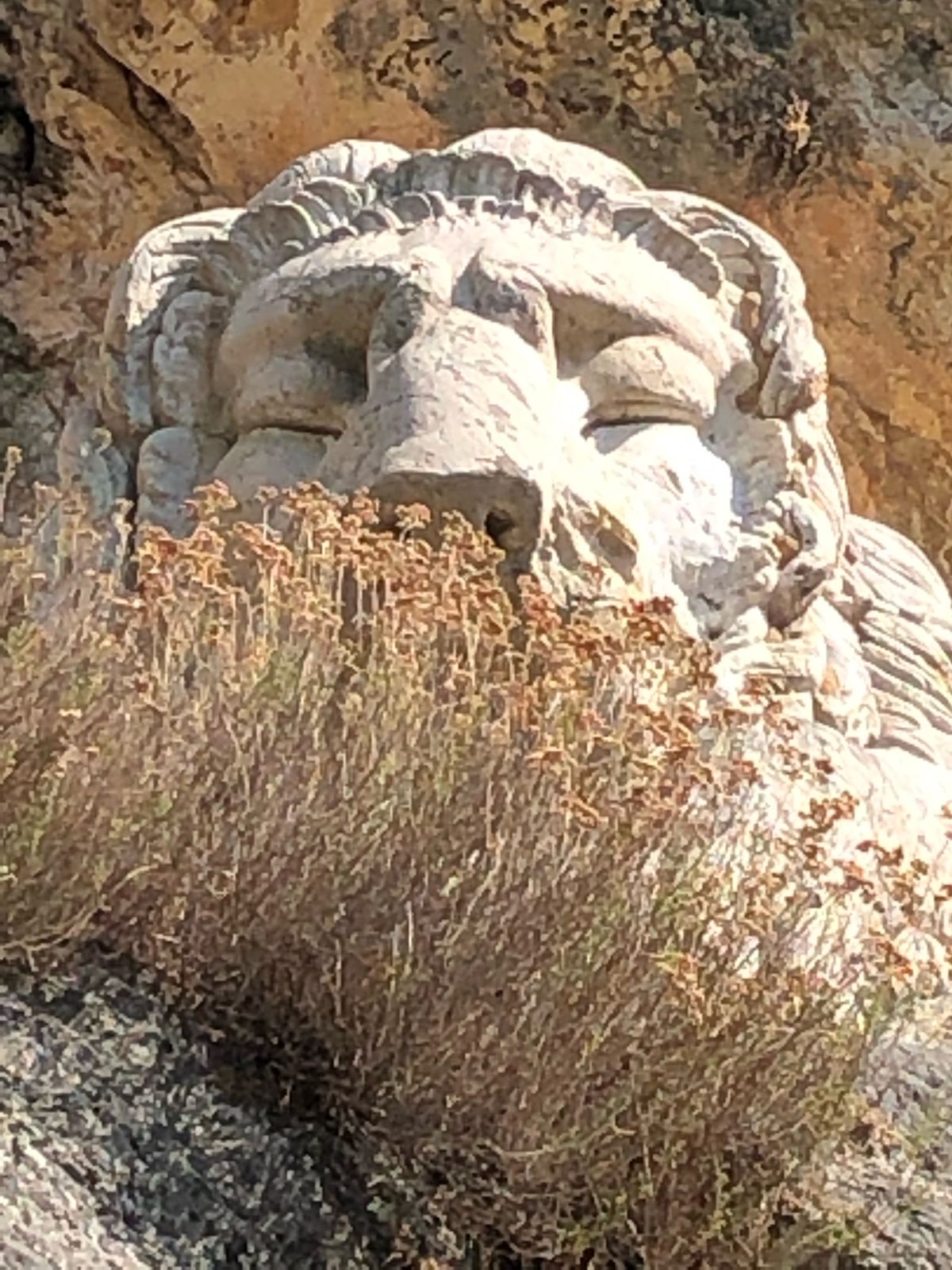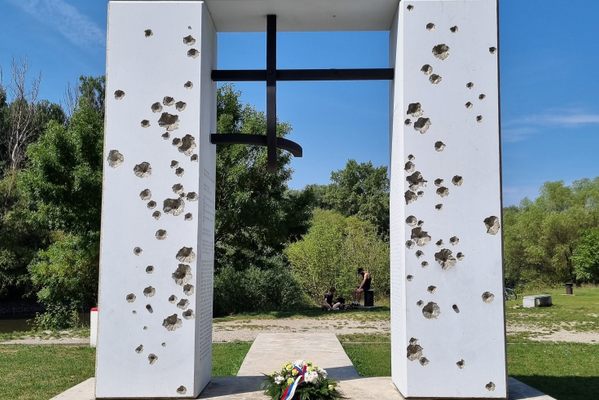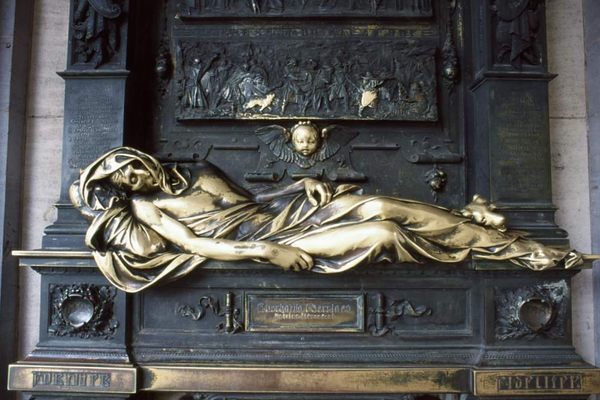About
Shortly after Greece won its independence from the Ottoman Empire, Ioannis Kapodistrias was selected as its first head of state. Kapodistrias traveled to Nafplio in 1828 and became impressed with its strategic location and strong fortifications. In 1829, he made it the official capital of Greece. But his reign would prove short.
Kapodistrias was assassinated in 1831 on the steps of the church of Saint Spyridon in central Nafplio, which led to anarchy in many parts of the country. The Great Powers that assisted Greece in their struggle for independence—Britain, France, and Russia—intervened and held a series of meeting and conferences that culminated with the London Conference of 1832. This conference resulted in the establishment of the Kingdom of Greece with Prince Otto, the second son of King Ludwig I of Bavaria, selected as the new king.
When King Otto arrived in Greece in 1833 to ascend to the throne, more than 3,500 Bavarian troops under the authority of King Ludwig I arrived with him to act as royal guards until an adequate local force could be recruited and trained. Later that year and through 1834, a typhoid epidemic hit Nafplio and took a great toll on the population. Many members of King Otto’s royal guard perished of the disease during that time.
As a tribute to these royal guards, King Ludwig I commissioned a monument to be built in Nafplion to honor them. Motivated by the Lion of Lucerne, which was created in memory of compatriots killed in Paris during the French Revolution, he commissioned the German sculptor Christian Siegel to sculpt a similar monument. Completed in 1836, the giant sleeping lion sculpture was immediately complimented on its detail and recognized as one of the largest outdoor sculptures in Greece as well as one of the most important in Europe. Below the sculpture there is an inscription in German and Greek explaining it is dedicated to the soldiers who perished in the epidemic.
Related Tags
Know Before You Go
There is a park with benches in front of the Lion of Bavaria that has a great view of the sculpture.
Many of the soldiers were originally buried in the graveyard of the Church of Agia Pantes immediately next to the Rock of Palmidi (the church is actually built against it). In 1852 their bones were exhumed and moved to the crypt of Nafplion's Catholic Church. The remaining soldiers were buried in an area north east of Evaggelistria which is known as the Bavarian Monuments.
Community Contributors
Added By
Published
October 11, 2019


































